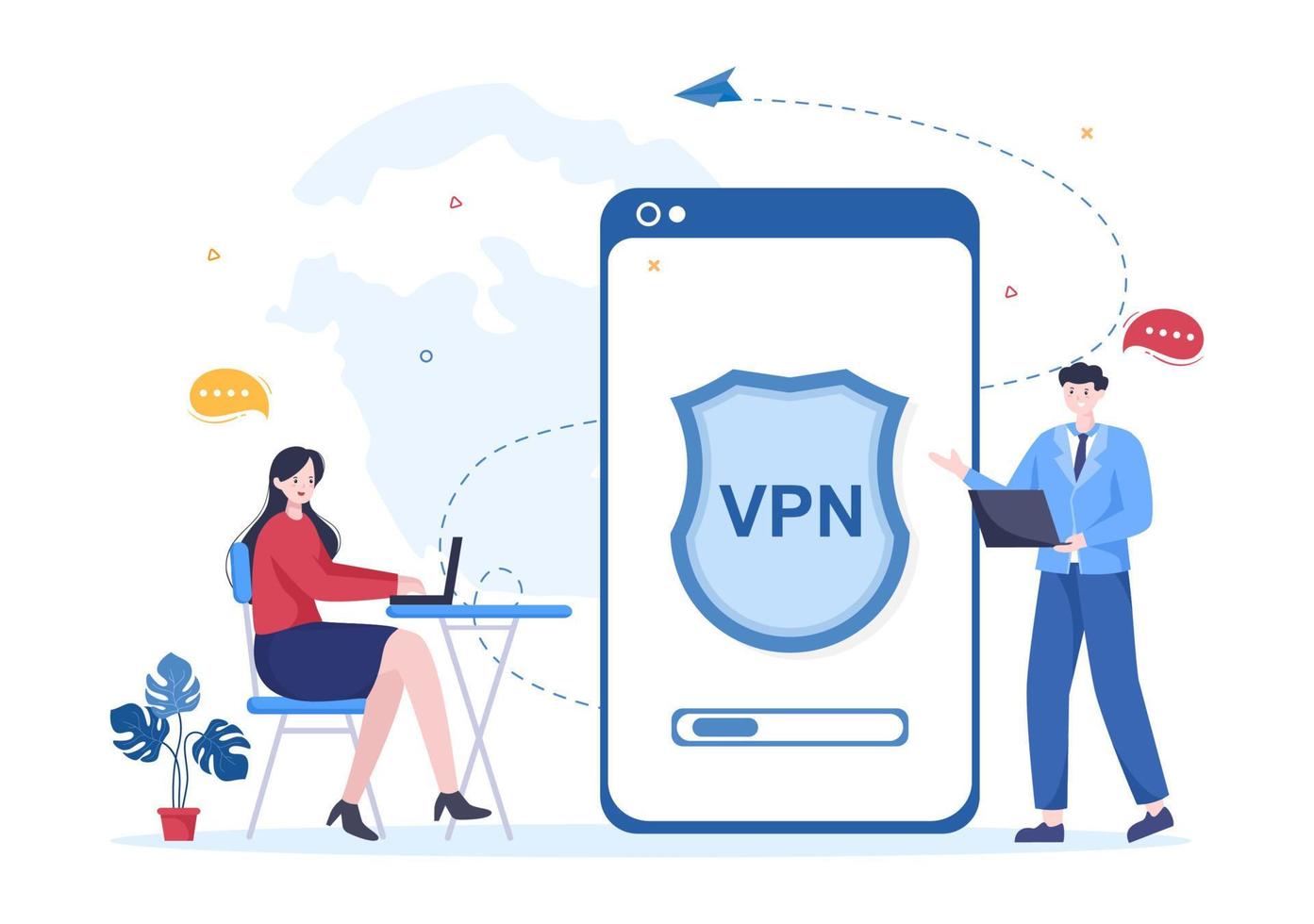Accessing secure remote servers has become a fundamental part of my digital routine, especially in the realm of cybersecurity. In this article, I will outline how I effectively use Virtual Private Networks (VPNs) to create a secure connection while accessing sensitive data remotely.

Understanding VPNs
Before diving into my personal approach, it’s crucial to clarify what a VPN does. A VPN creates an encrypted tunnel between my device and a remote server, protecting data from potential threats. The encryption ensures that even if data is intercepted, it remains unreadable to unauthorized access. For me, this level of security is non-negotiable when dealing with sensitive information.
Choosing the Right VPN
Over the years, I’ve experimented with various VPN providers to find the one that meets my needs. When choosing a VPN, I consider several factors:
- Speed: I prioritize speed because a significant drop in my internet connection can hinder productivity, especially when accessing remote servers.
- Server Locations: A wide range of server locations enables me to bypass geo-restrictions and access required data seamlessly.
- Encryption Protocols: I look for providers that offer robust encryption options, such as AES-256, to ensure my data remains protected.
- No-Logs Policy: A strict no-logs policy is essential for me. I want a VPN that doesn’t collect or store my browsing history or any other data.
- Customer Support: Access to reliable customer support is beneficial when troubleshooting connectivity issues.
After rigorous research, I found a VPN that meets all my criteria.
Setting Up the VPN
Once I’ve chosen a VPN service, setting it up is my next step. The installation process is typically straightforward. I download the application on my computer or mobile device and follow the prompts. After installation, I log in using my credentials and select a server. It’s always my practice to choose a server that’s geographically closest to the remote server I intend to access.
✅ Current deal: 🔥 Get NordVPN with up to 75% OFF! 🔥
Connecting to a Remote Server
With the VPN active, I can now connect to the target remote server securely. This is vital, especially for tasks involving sensitive information such as financial data or personal identification details. Here’s how I go about it:
- Launch the VPN: I ensure that my VPN application is running and connected to the appropriate server.
- Remote Desktop Protocol (RDP): For accessing Windows-based servers, I utilize the Remote Desktop Protocol. By entering the IP address of the server, along with my login credentials, I can establish a secure connection.
- Secure Shell (SSH): I prefer SSH when dealing with Linux servers. This command-line interface allows me to perform administrative tasks securely.
- File Transfer Protocols (FTPs): For transferring files, I make use of SFTP or FTPS, which provide encrypted file transfer over standard FTP.
Every step in accessing remote servers is handled with utmost caution to maintain security protocols.
✅ Current deal: 🔥 Get NordVPN with up to 75% OFF! 🔥
Maintaining Security Practices
While using a VPN significantly enhances security, I also implement additional best practices to mitigate risks further:
- Regular Updates: I frequently update both my VPN software and all associated applications to protect against vulnerabilities.
- Multi-Factor Authentication (MFA): Whenever possible, I enable MFA on remote servers. This adds an additional layer of protection against unauthorized access.
- Device Security: Ensuring that my device is secure is crucial. I maintain antivirus software and use firewalls to prevent malware infections.
- Be Mindful of Open Networks: When I am in public spaces, I avoid accessing sensitive information unless fully connected to a VPN.
- Educate Myself on Phishing Attacks: I remain vigilant against phishing attempts, making sure to verify the authenticity of communications before clicking links or sharing data.
Utilizing Split Tunneling
In some scenarios, I found that split tunneling significantly enhances my workflow without compromising security. This feature allows me to choose which apps or websites route through the VPN and which access the internet directly. For instance, I can route traffic from a specific app to use the VPN while browsing the web through my regular connection. This is particularly useful when I require faster speeds for non-sensitive tasks.
Troubleshooting Connection Issues
At times, I encounter issues while trying to access remote servers via my VPN. I’ve developed a systematic approach to troubleshooting these problems:
- Check Internet Connection: Ensuring my internet connection is stable is the first step I take.
- Switch Servers: If I experience sluggishness or connection drops, I switch to a different server.
- Restart the VPN: Sometimes, a restart of the VPN application resolves lingering issues.
- Consult Support: If problems persist, I don’t hesitate to reach out for customer support from my VPN provider. Their expertise often helps me quickly identify and resolve issues.
Conclusion
Using a VPN to access secure remote servers has streamlined my work while ensuring that my data remains confidential and safe from prying eyes. By employing robust security practices, keeping software updated, and remaining vigilant against potential threats, I can efficiently and securely manage my remote server connections.
Tips for Using VPNs Effectively
- Choose a reputable VPN provider that prioritizes security.
- Keep your VPN software up to date to avoid security vulnerabilities.
- Utilize split tunneling for better performance on non-sensitive tasks.
- Always connect to the VPN before accessing remote servers.
- Enable multi-factor authentication for an extra layer of security.
- Monitor your internet speed regularly to ensure optimal performance.
Implementing these practices has empowered me not only to protect my data but also to leverage the myriad possibilities of accessing remote servers securely.
Affiliate Disclosure: By clicking on our links, we may earn commissions at no additional cost to you.